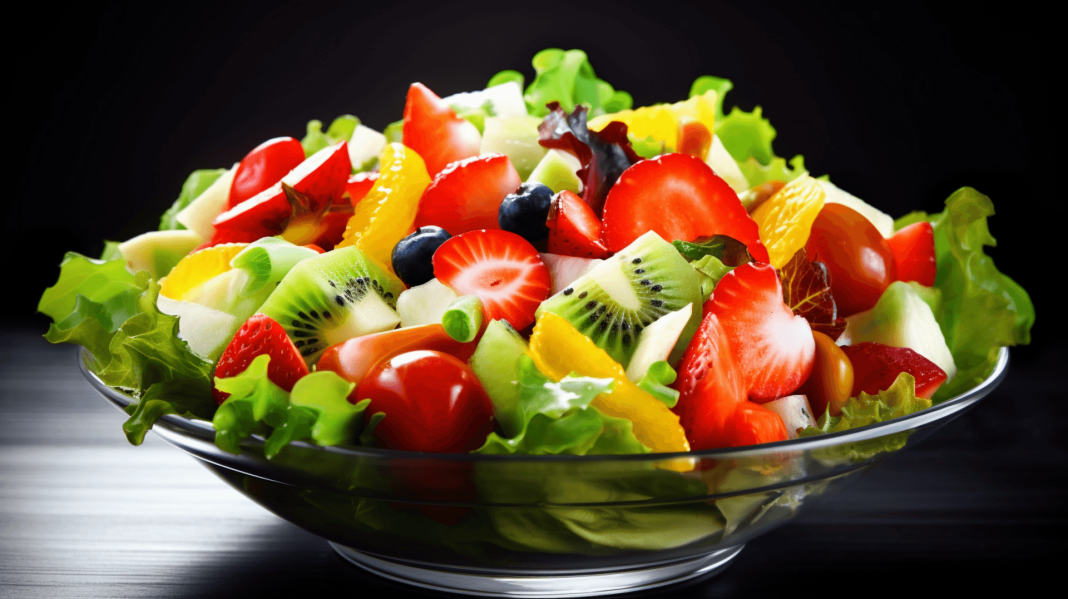This content is provided by Pioneer Bird Blood Sugar Management Software! It helps you record health indicators such as blood sugar and blood pressure, offers free tastings of sugar-free foods, as well as customized diet and exercise plans, accompanying you in managing your blood sugar.
In years of clinical practice, I have encountered countless diabetes patients, who often have many questions and misconceptions about diet control. Among them, the question of whether garlic is a “trigger” for diabetes is particularly common. Today, I will share some experiences about the diet of diabetes patients from a doctor’s perspective, and explain why some foods should be consumed sparingly.
1. The relationship between garlic and diabetes
Garlic is a common seasoning in daily life. It contains various beneficial components such as allicin, which have antioxidant, antibacterial, and anti-inflammatory effects. However, some diabetes patients worry that garlic may stimulate an increase in blood sugar and believe it to be a “trigger” for diabetes. In fact, consuming garlic in moderation is beneficial for diabetes patients. The sulfur compounds in garlic help lower blood sugar, and its antioxidant properties also play a positive role in preventing diabetes complications. However, all foods should be consumed in moderation, as excessive consumption of garlic may lead to stomach heat, eye diseases, and other issues.
2. To avoid blood sugar spikes, here are 4 types of food to limit
High-sugar foods
Sweets, beverages, candies, and other high-sugar foods are to be avoided as much as possible by diabetes patients. These foods can cause blood sugar to rise rapidly, increasing the burden on pancreatic cells, and long-term consumption can worsen diabetes.
High-fat foods
Fried foods, organ meats, full-fat dairy products, and other high-fat foods should be limited. High-fat foods not only lead to weight gain but also reduce insulin sensitivity, making blood sugar control more difficult.
High-salt foods
Pickled foods, salted vegetables, instant noodles, and other high-salt foods increase the risk of hypertension in diabetes patients, and hypertension often accompanies diabetes, further exacerbating the risk of cardiovascular diseases.
Refined grains
White bread, white rice, refined noodles, and other refined grains contain a large amount of quickly digestible carbohydrates, leading to rapid increases in blood sugar. Diabetes patients should choose whole grains or high-fiber grains to help stabilize blood sugar.
3. Dietary recommendations for diabetes patients
Increase dietary fiber intake
Dietary fiber helps slow down the absorption of food in the intestines, reducing post-meal blood sugar peaks. Diabetes patients should eat more vegetables, fruits, and whole grains that are rich in fiber.
Control meal frequency and portion size
Regular and portion-controlled meals help maintain stable blood sugar levels. It is recommended that diabetes patients adopt a pattern of smaller, more frequent meals to avoid consuming too many calories at once.
Choose healthy cooking methods
Try to use low-fat cooking methods such as steaming, boiling, and braising, and reduce frying and grilling to lower the fat content of the food.
Pay attention to food pairing
Reasonably pairing foods, such as combining high glycemic index foods with low glycemic index foods, can reduce the overall glycemic response of meals.
Controlling diet for diabetes is a long-term and complex process that requires patients to make reasonable adjustments based on their individual conditions. Garlic is not a “trigger” for diabetes; consuming it in moderation can be beneficial. What diabetes patients really need to beware of are high-sugar, high-fat, high-salt, and refined foods. Through scientific dietary management, diabetes patients can effectively control their blood sugar levels, reduce the risk of complications, and enjoy a higher quality of life.


